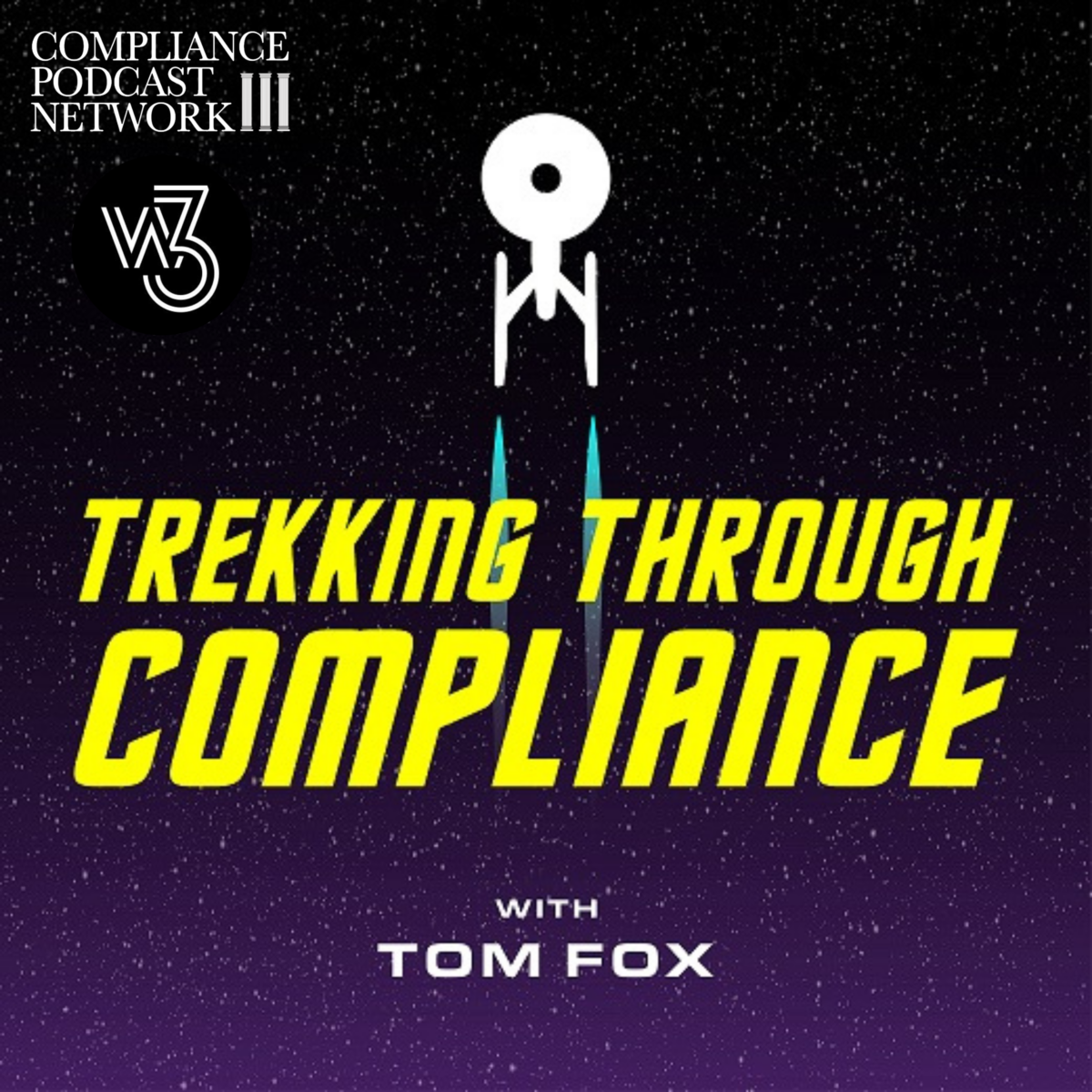What are the leadership lessons from Oscar-winning Best Picture Platoon? It was a very personal film for Stone, having served in Vietnam, he wrote the screenplay as a response to what he saw as the inaccurate propaganda from John Wayne’s film The Green Berets. It is the story of an idealist volunteer, Taylor, who wanted to see what war was like. There is a ROTC trained Second Lieutenant, Wolfe but the platoon is run by two lifers, Sergeants Barnes (the bad one) and Elias (the good one). Stone also won Best Director and the film won two additional Oscars for Best Editing and Best Sound Mixing.
One commentator, on the website Platoonics in blog post entitled Platoon Analysis of the Movie and Comparison to Business World Today cited Barnes as a pure transactional leader, contrasted with Elias who he characterized as transformational leader. He wrote of Barnes, such leads guide[s] or motivate[s] their followers in the direction of established goals by clarifying role and task requirements . The followers of such leaders simply obey orders . Such leadership is necessary within the military since failure means the loss of lives. He goes on to note that Barnes demonstrates his leadership style the afternoon before the ambush, when he gives the orders of who will go on duty that night. However, the failure of this style is shown, with the death of the new recruit, Gardner. Yet Barnes is able to give the orders, and effectively run the platoon, because of his reliance on deterrence-based trust. Deterrence-based trust will work only to the degree that punishment is possible, consequences are clear and the punishment is actually imposed .
Elias contrasts with a charismatic type of leadership style which provide[s] followers with meaning by constructing and communicating a vision, or image, that articulates followers values while allowing them to express their identity through a shared collective vision. He writes that Elias displays two key attributes of a charismatic leader, extraordinary behavior and acting as an agent of change. As a change agent, it is Sgt. Elias s challenge to Sgt. Barnes in the village scene with the little girl and the reporting to the Captain. His extraordinary behavior is shown in his prescience of knowing where the enemy will come from, how to outflank them, and his superhuman effort to take on a seemingly entire Viet Cong army by himself.
Both of these types of leadership styles can work but they both have consequences and may not work all the time. The consequences of Barnes make it painfully obvious that transactional leadership may not be the most effective type of leadership. In order to retain his place as leader, Barnes eliminates his conflict, his enemy, his fellow soldier and American, quite ruthlessly, without much thought as to the consequences or considering the Big Picture. His ability to give orders also caused him to not objectively consider the objections raised by Sgt. Elias and could have prevented the death of Gardner. Barnes just wants to make it out alive, unfortunately killing or letting all those in his way die.
As for Elias, His unwavering belief in his vision ultimately leads to his death by the hands of Sgt. Barnes. While his values and parts of his vision are cherished by the rest of the Grunts, Sgt. Elias embodies the vision. When he died, in essence, there is no one to stand up and support what he believed there is no new standard bearer. In other words, Elias had not trained any other soldier for succession or prepared anyone else to step up to the leadership role when required to follow through with his vision.
Platoon is still a powerful movie. The firefight scenes are some of the most realistic ever filmed. One innovation Stone used was to subject the actors to a grueling 30-day boot camp, led by Vietnam War veteran Dale Dye. In the boot camp, the actors were limited to how much food and water they could drink and eat. When they slept, Dye and his crew fired blanks to keep the tired actors awake. Stone said that he was trying to break them down, “to mess with their heads so we could get that dog-tired, don’t give a damn attitude, the anger, the irritation… the casual approach to death”. Willem Dafoe said of the total immersion experience “the training was very important to the making of the film,” adding to its authenticity and strengthening the camaraderie developed among the cast: “By the time you got through the training and through the film, you had a relationship to the weapon. It wasn t going to kill people, but you felt comfortable with it.”
There are multiple leadership lessons to be garnered from the film. The stereotypes of Barnes and Elias demonstrate that both styles have merit yet when not paired with additional leadership factors, can lead to catastrophic failure. Perhaps the final word best comes from Stone himself who gave an interview to Chartered Accountants ANZ Chief Executive Lee White about the film.. But at least one thing remains key whether your business is in the arts, manufacturing or services. The leadership has to be authentic. Stone went on to note that “You are tryin to get different groups working together bringing it all together without fighting each other. Making a movie is like leading a business with multiple divisions and multiple goals. The challenge is to galvanize all the stakeholders into a cohesive operation working towards a shared vision.”



